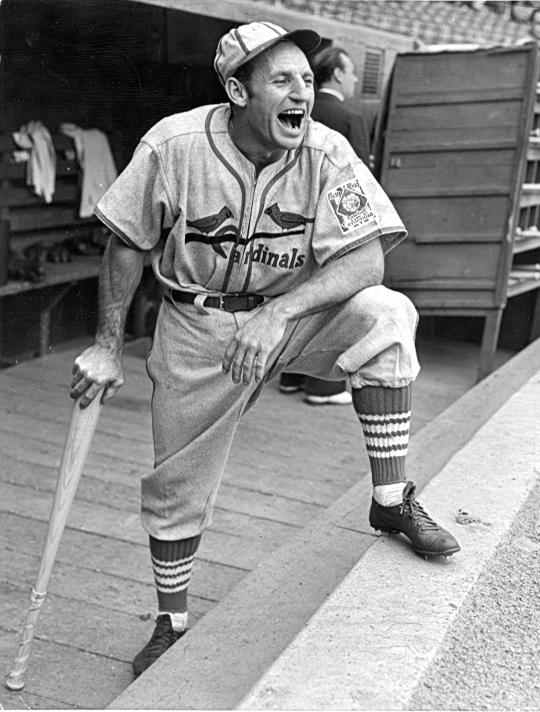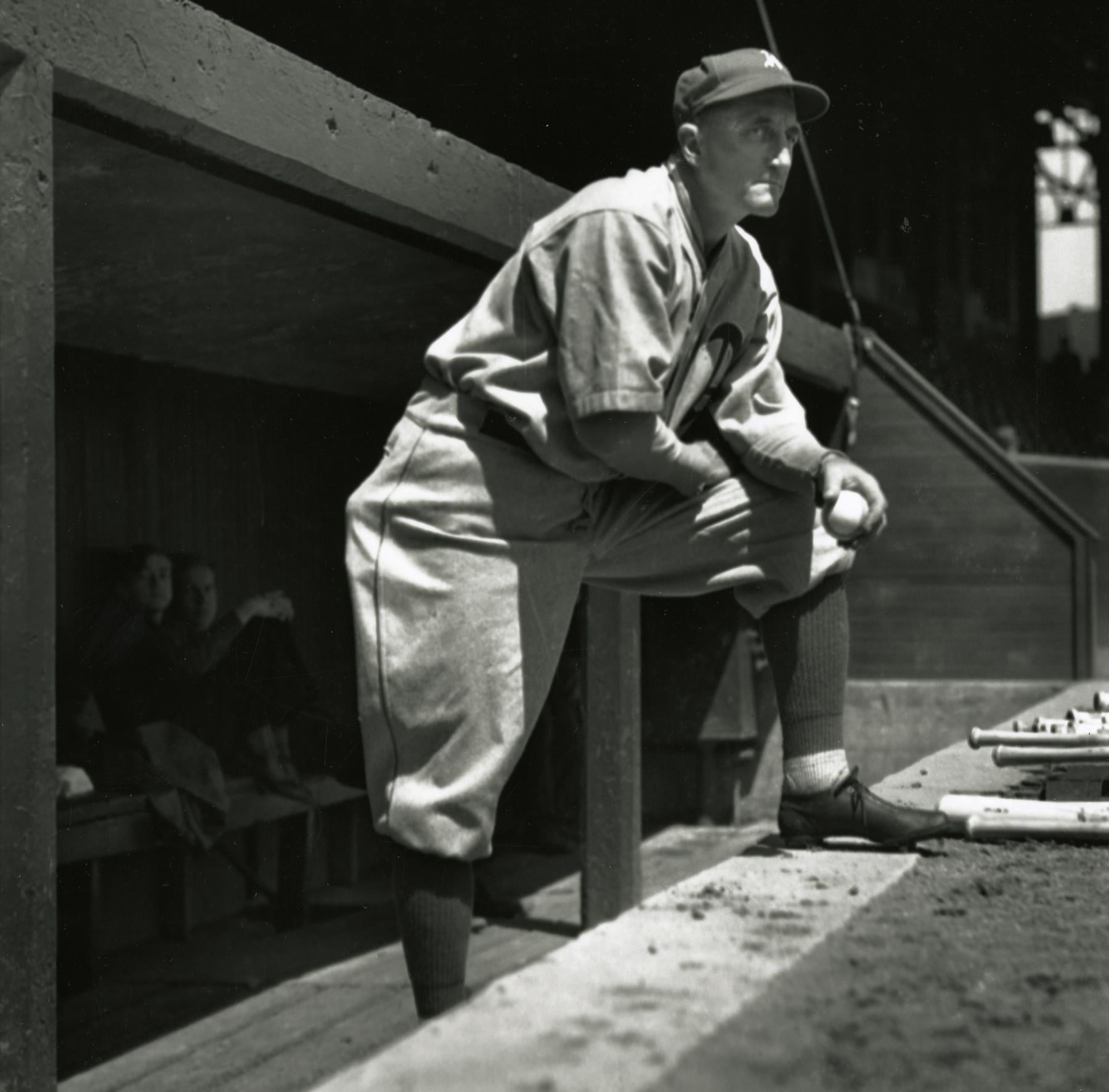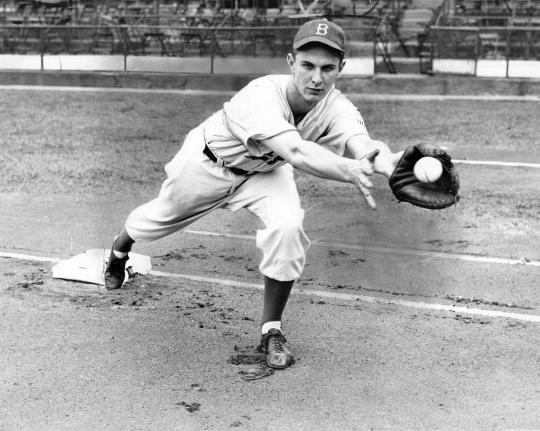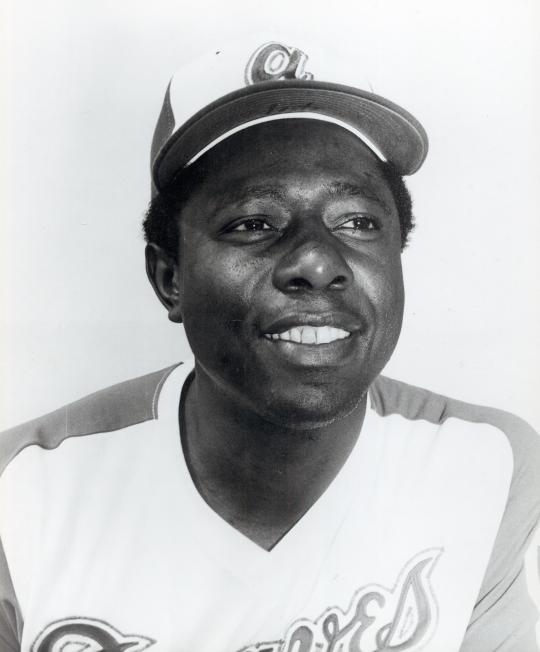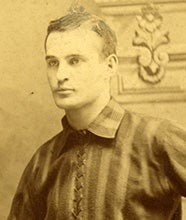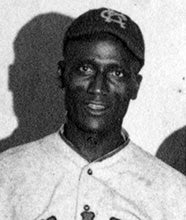- Home
- Our Stories
- One Day More: Leap Day filled with plenty of baseball tidbits
One Day More: Leap Day filled with plenty of baseball tidbits
For baseball fans, the joys of Spring Training are one day longer this year – thanks to the bonus of Feb. 29.
First introduced by Julius Caesar in 45 B.C., Leap Year Day, Feb. 29, is an event that happens every four years when the calendar needs an extra day to keep the seasons in sync.
Amazingly, with more than 19,000 different big league players in the sport’s history, dating back to 1871, only 14 have been born on Feb. 29. Among those are such recognizable names as a legendary member of the Gashouse Gang, a Most Valuable Player Award winner and a Rookie of the Year runner-up.
Pepper Martin, born Feb. 29, 1904, was a colorful and fleet-footed member of the Cardinals in the 1930s. An outfielder and third baseman, this four-time All-Star helped lead the famed Gashouse Gang to World Series crowns in 1931 and 1934.
After Martin batted .500 (12-for-24) with a homer and five stolen bases in the Cards’ seven-game triumph over the Philadelphia Athletics in the 1931 Fall Classic, acclaimed columnist Grantland Rice wrote, “There were seven wonders of the world before this series started, now there are nine. Pepper Martin is a double wonder.”
Pepper Martin, born on Leap Day 1904, earned four All-Star Game selections and won two World Series with the "Gashouse Gang" Cardinals. In this photo, Martin is sporting a 1939 Baseball Centennial patch, celebrating the Museum’s opening, on his left sleeve. (National Baseball Hall of Fame Library)
Hall of Fame Membership
There is no simpler, and more essential, way to demonstrate your support than to sign on as a Museum Member.
Official Hall of Fame Merchandise
Hall of Fame Members receive 10% off and FREE standard shipping on all Hall of Fame online store purchases.
In a 13-year big league career, all of it spent with the Cardinals between 1928 and 1944, Martin scored more than 120 runs in a season three times and led National League in stolen bases three times. He ended his career with a .298 batting average.
In October 1931, L.C. Davis’ poem, “The Leap Year Kid,” appeared in the St. Louis Post-Dispatch. It reads, in part:
You can have a birthday cake
Every four years – what a break!
Hero of the Redbird clan
Six years old but what a man!
When you reach maturity
What a player you will be!
Al Rosen, born on Feb. 29, 1924, had a 10-year big league career (1947-56) as a slugging third baseman with the Cleveland Indians. A four-time All-Star, he was the unanimous American League MVP Award winner in 1953 after leading the Junior Circuit with 43 home runs and 145 RBI while batting .336, just missing winning the Triple Crown when the Washington Senators’ Mickey Vernon hit .337. After his playing career, he enjoyed a successful run as a top front office executive with Yankees, Astros and Giants.
Outfielder Terrence Long, born on Feb. 29, 1976, was the A.L. Rookie of the Year runnerup in 2000 behind Mariners closer Kazuhiro Sasaki.
Long would go on to spend eight seasons in the big leagues, mostly with Oakland A’s, a team he helped to four consecutive postseason appearances between 2000 and 2003.
Representing the Oakland A’s, Long played in the 2016 Hall of Fame Classic at Doubleday Field in Cooperstown.
Only two deaths among big league players have occurred on Feb. 29, the first of which took the life of third baseman Ernie Courtney in 1920 at the age of 45. A six-year big league veteran, between 1902 and 1908, he spent the majority of his time with the Phillies.
Lena Blackburne, who died at the age of 81 on Feb. 29, 1968, had an eight-year big league career as an infielder between 1910 and 1929, playing 550 games with four different teams, mainly the White Sox, a team he also managed for two seasons. But Blackburne may be most remembered for what he did off the field when he developed a profitable business dredging mud from the Delaware River bottom and selling it to professional baseball leagues as a product used by umpires to remove the gloss from new baseballs before games.
As a youngster, Blackburne had discovered the mud while wading in Pennsauken Creek, a branch of the Delaware River, near his home.
“I noticed in those days that the outgoing tides purified the mud at the bottom of the creek, leaving it inky black and sticky,” Blackburne remembered. “I was a kid pitcher in those days and I often used the mud on a new ball - when we were lucky enough to get one.”
Years later, while a third base coach with the Philadelphia Athletics, Blackburne overheard an umpire complain about the slickness of new baseballs. After experimenting with the mud he remembered from his childhood, and adding a secret ingredient, he later gave a can of it to the umpire. Soon after, as word spread, every big league team was getting a supply of mud from Blackburne.
Today, Lena Blackburne Baseball Rubbing Mud is still sold.
An Extra Day of History
Besides births and deaths, there have been a number of unique events to take place on February 29 throughout baseball history.
On Feb. 29, 1888, during a spring training game in New Orleans, a 23-year-old catcher for the big league American Association’s Cincinnati Red Stockings, Kid Baldwin, narrowly missed spending the night in jail when, in the fifth inning, umpire Tony Suck declared a New Orleans runner safe at home. An angry Baldwin then called the umpire a liar and punched him in the face. Soon, an official with the home team ordered a policeman on the grounds to arrest Baldwin, but Suck, a former big league player himself, said he did not want the assailant arrested. Instead, Baldwin was ordered to leave the field.
With World War II still raging overseas, on Feb. 29, 1944, 6-foot-6 Brooklyn Dodgers first baseman Howie Schultz was rejected for service in the armed forces for the second time, having been rejected for the first time on October the previous year. Schultz, who had made his big league debut as a 21-year-old with the Dodgers in 1943, was turned down because he exceeded the maximum height standards.
Nicknamed “Stretch,” Schultz would go on to have a career year with the Dodgers in 1944, collecting 11 home runs and 83 RBI in his only season as a fulltime starter.
By 1945, Schultz was accepted for possible military service. “I have been given permission by my draft board to stay in school until I get my degree in June,” said the senior at Hamline University, located in St. Paul, Minn. “I expect to be included in the first draft call after that.”
Schultz, who was eventually sold to the Phillies in 1947 in order for the Dodgers to make room for Jackie Robinson at first base, would go on to play three seasons in the National Basketball Association in the early 1950s and was a member of the Minneapolis Lakers championship clubs of 1952 and ’53.
On Feb. 29, 1972, future Hall of Famer Hank Aaron signed a major-league record-breaking contract with the Atlanta Braves, calling for $200,000 annually for three years. Still two years from breaking Babe Ruth’s career home run record of 714, the 38-year-old Aaron had connected for 639 homers at the time the contract was signed, 75 behind Ruth, and would end his big league career after the 1976 season with a total of 755 homers.
“My contract does represent a lot of money,” said Aaron. “But I feel I’ve compared equal or better than other players, only our salaries didn’t match up. Now I’m on an equal basis there, too.”
On Feb. 29, 2000, the Veterans Committee elected Sparky Anderson, Bid McPhee and Turkey Stearnes to the Hall of Fame.
Bill Francis is the senior research and writing specialist at the National Baseball Hall of Fame and Museum

